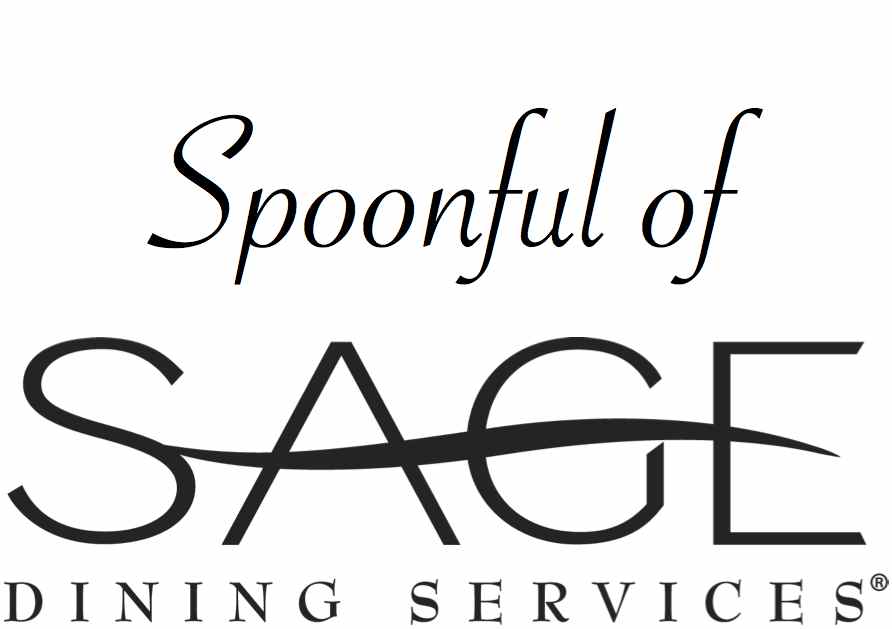On the Road With RDs: Menus of Change
Sustainability, Articles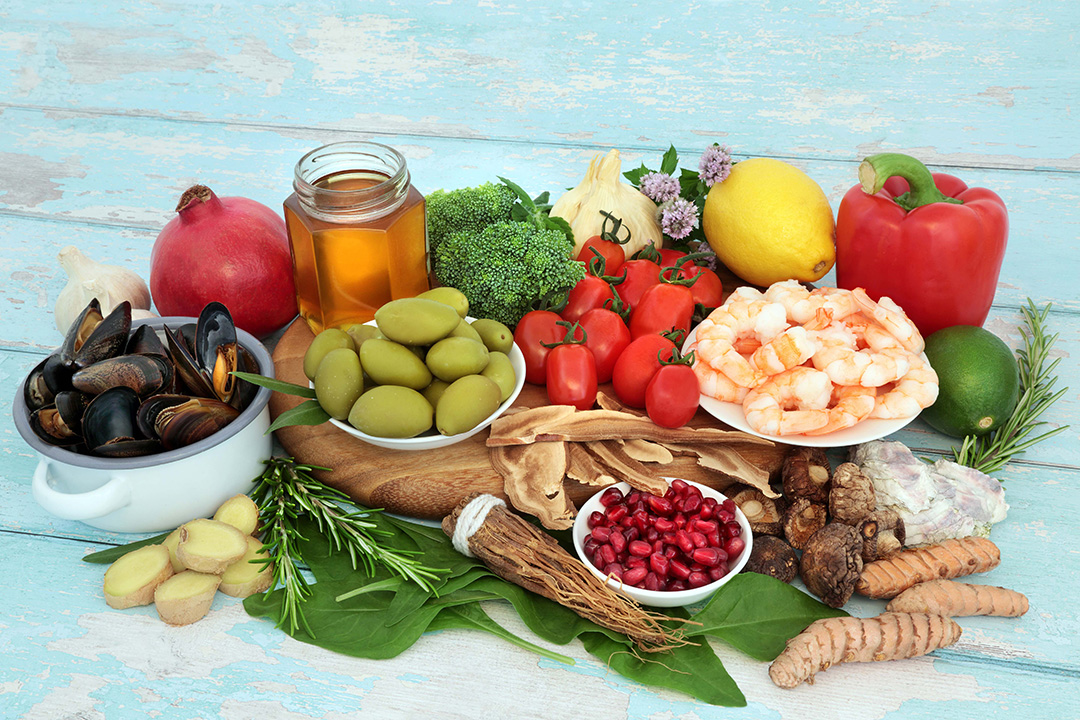
We’re back with a new edition of our “On the Road” blog series! We’re featuring SAGE Registered Dietitian Amanda Zimmerman, who attended the Culinary Institute of America’s annual Menus of Change conference in June 2023. We caught up with Amanda to hear about her experience and what she learned at this leadership summit. What was the Menus of Change conference about? This annual conference centers on topics that are critically relevant to chefs and operators in the food service industry...
ALL FOODS FIT: ALL FOODS HAVE A PLACE ON YOUR PLATE!
Articles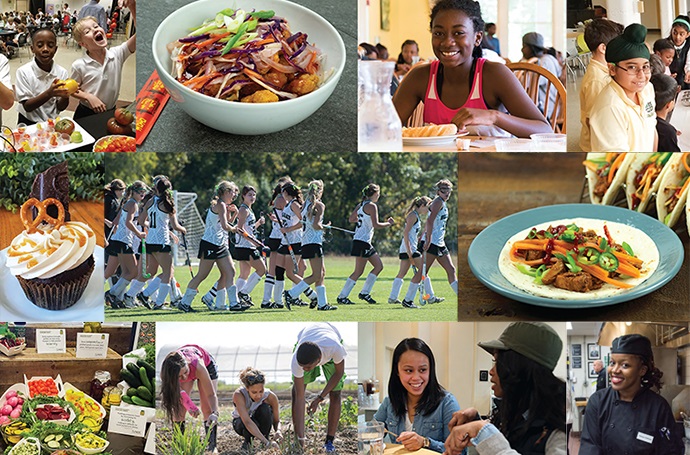
We’re excited to announce our All Foods Fit campaign! We want to encourage a positive relationship with food and remind you that all foods have a place on your plate. SAGE’s nutrition philosophy is All Foods Fit. This means that there are no “good” or “bad” foods because we eat many different foods for many different reasons. Food supports physical, social, emotional, mental, and cultural well-being — which support overall health. We want to honor and celebrate those reasons! Food...
Meet Michael Chow, Helping Shape Future Leaders
Articles, From Our Kitchen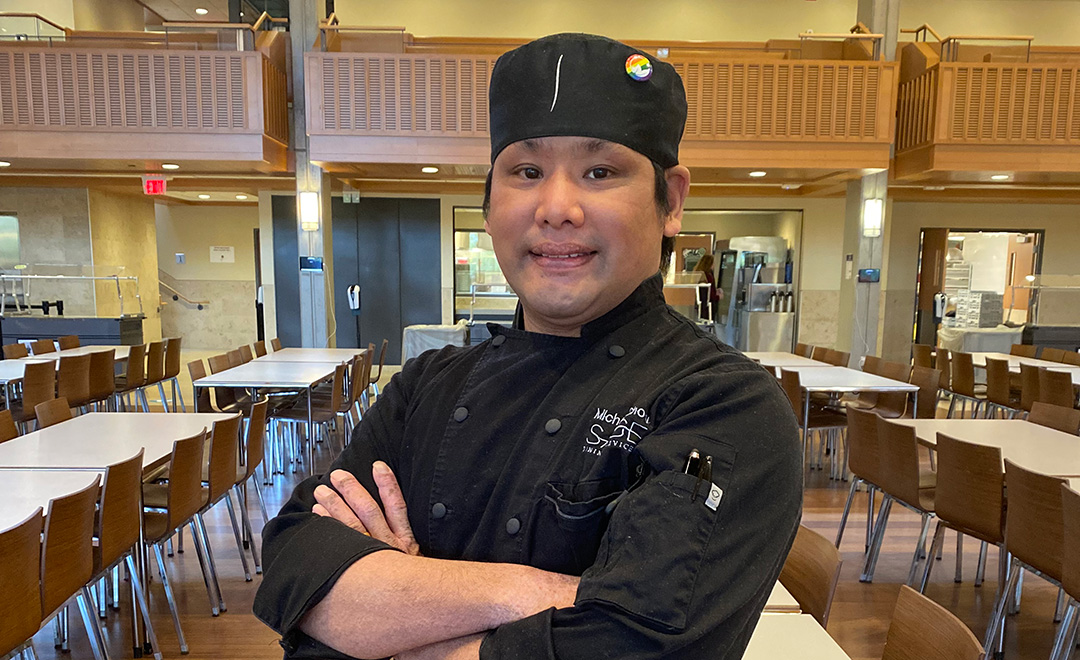
Mike Chow, Food Service Director at Crofton House School in Vancouver, British Columbia, is known for his inspiring and approachable demeanor. With over 28 years in the food service industry, he’s honed his culinary and leadership skills, but his knack for relationship-building and exceptional customer service makes him a client favorite. “Mike is a respected and well-liked member of our community, extremely easy to work with,” Crofton House Director of Finance Karen Choi said. “I appreciate that he’s open...
Serve It Safely: Our Approach to Food Allergies
Articles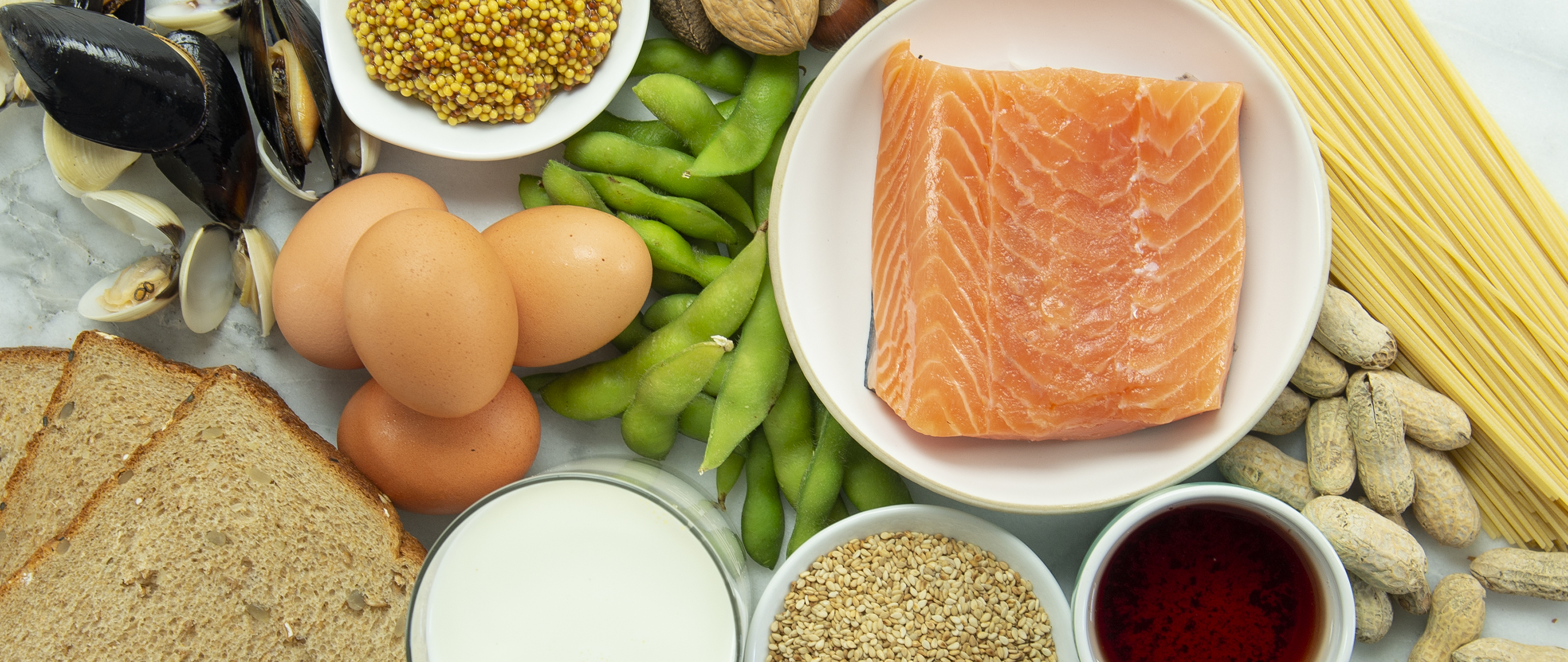
Did you know, according to Food Allergy Research & Education (FARE), 1 in 13 children in the United States has at least one food allergy? In the schools SAGE serves, 1 in 11 students has been diagnosed with a food allergy. To keep our guests with food allergies safe, we’ve developed a comprehensive allergen safety program called Serve It Safely. Our program begins with menu design. Managers team up with our Registered Dietitians and work closely with each venue to...
International Cuisine: What’s the Difference Between Mediterranean and Middle Eastern Food?
Articles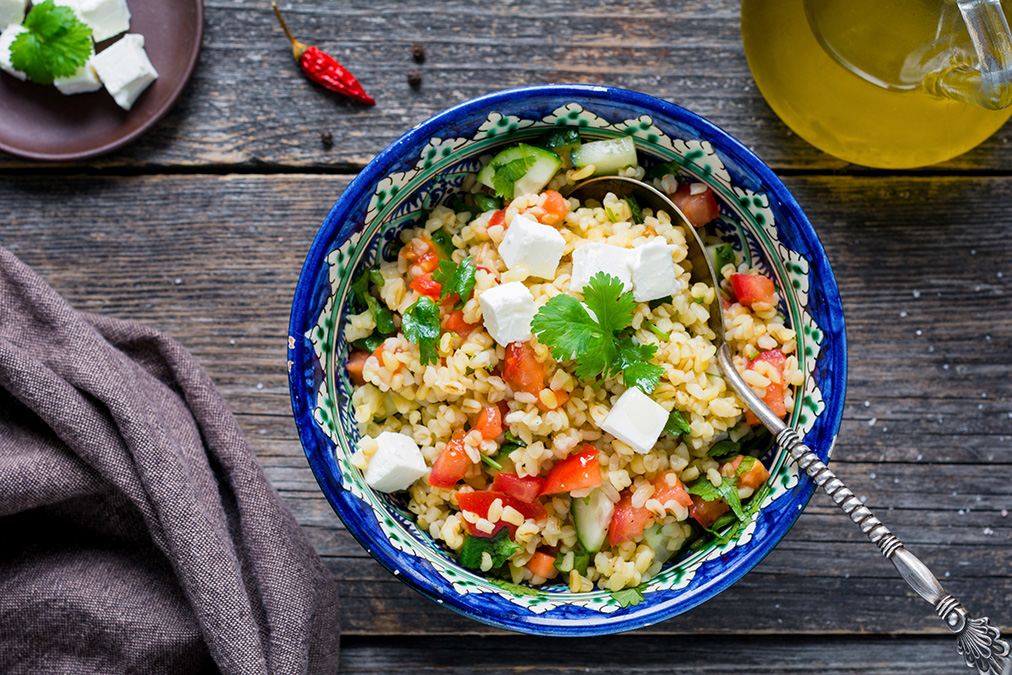
The Mediterranean and Middle Eastern regions are close geographically, which has cultivated similarities in their cuisines over the centuries. Both diets heavily feature vegetables, fruits, whole grains, and nutritious fats from olive oils, nuts, and seeds, as well as less red meat than many other cultures. However, the two aren’t interchangeable — though they’re often confused with each other — and there are several differences that separate them. Countries commonly associated with Mediterranean cuisine most often include those that border...
Celebrating Asian American and Pacific Islander Heritage Month
Articles, From Our Kitchen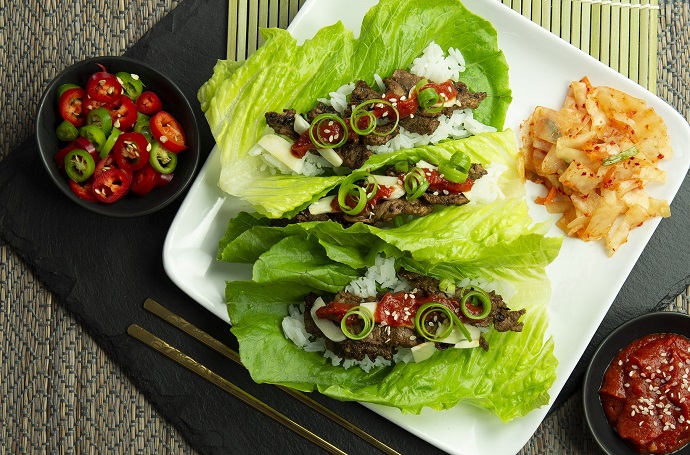
May is Asian American and Pacific Islander Heritage Month, which celebrates the rich cultures, traditions, histories, and contributions of Asian Americans and Pacific Islanders throughout U.S. and Canadian history. As a dining services provider, our celebration revolves around food, so it’s only natural to highlight this month through that lens. Let’s take a look at some of today’s notable Asian American and Pacific Islander chefs and their culinary contributions and achievements. Chef Cristeta Comerford is in charge of the...
From Our Dietitians: Sustainable Practices in the Kitchen
Sustainability, Articles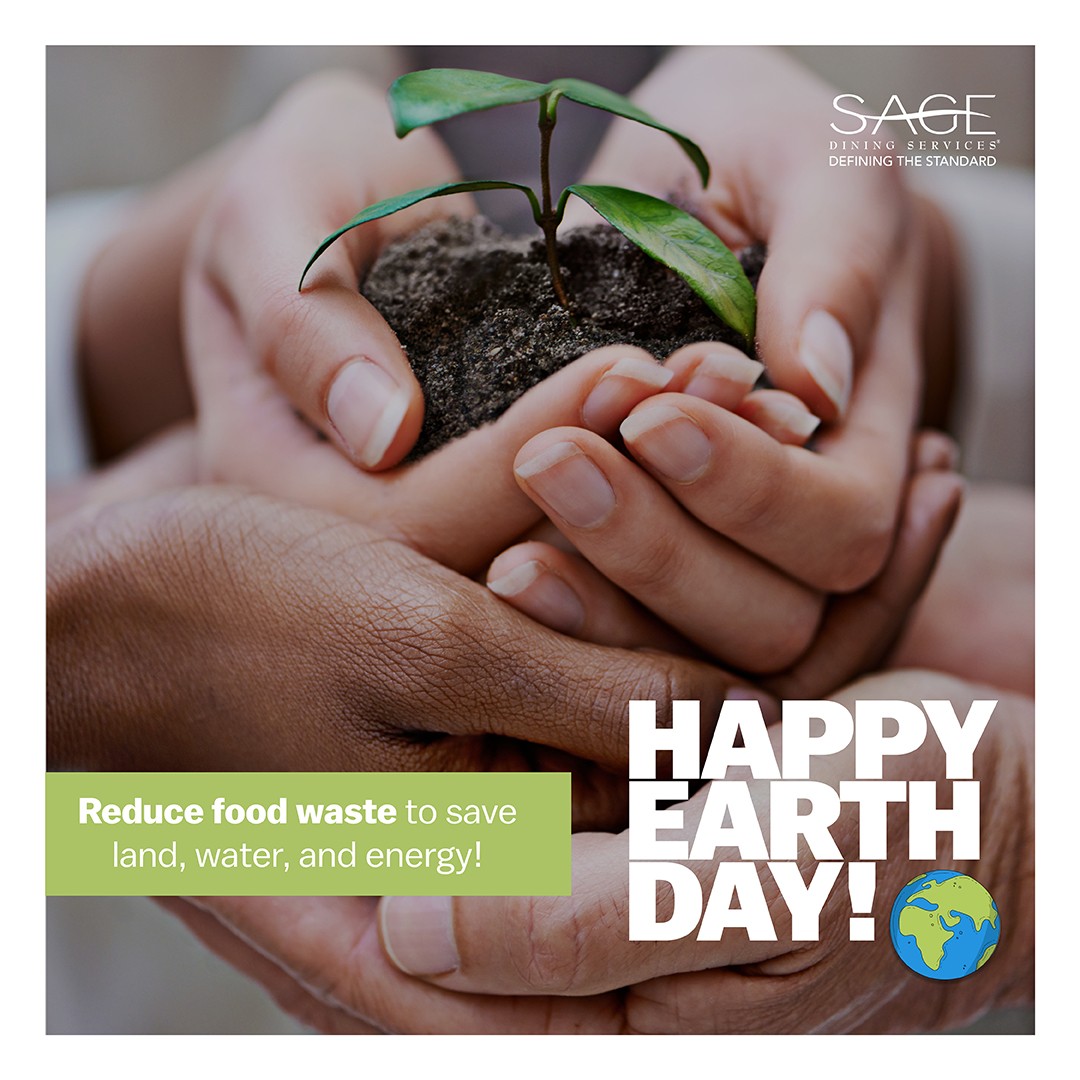
With Earth Day around the corner, it’s a good time to reflect on the environmental impact of food and identify steps to create positive change for both people and the planet. We all can practice sustainability at home (check out some ways you can minimize food waste at home here). Here’s how SAGE’s Registered Dietitians — Lesley, Amy, Teresa, Taylor, and Anna — approach sustainability in the kitchen. According to Feeding America, 119 billion pounds of food is wasted every...
Honoring Women’s History Month
Articles, Menu Development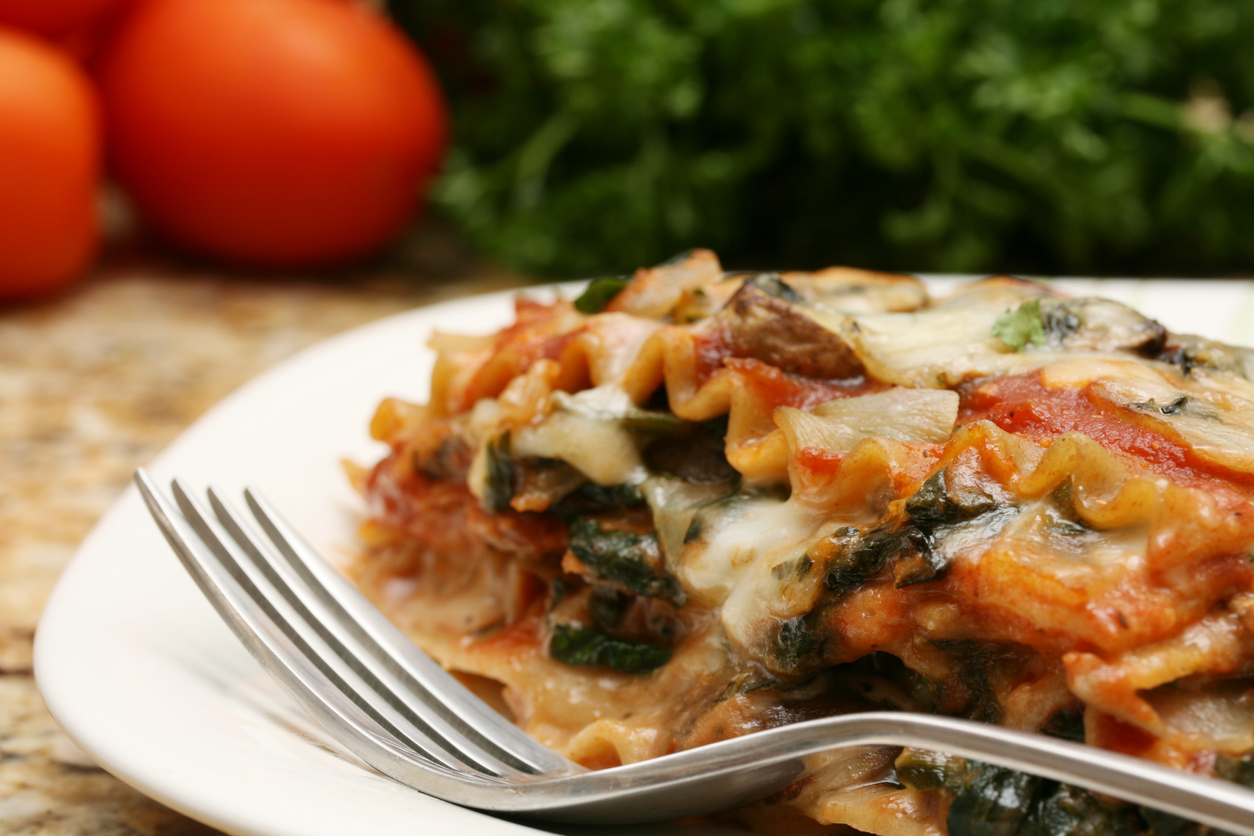
March is Women’s History Month, which honors the accomplishments and contributions women have made in U.S. history. To celebrate Women’s History Month, we’re showcasing a few prominent female chefs who’ve made a significant impact in the culinary world. (Canada recognizes Women’s History Month in October — read more about notable Canadian female chefs from here!) Learn about the ways these women have helped shaped the culinary industry and check out a delicious recipe inspired by Cristeta Comerford, the...

